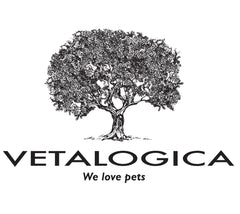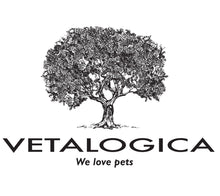Meat Metabolism - Anatomy of Pets
Carnivores are by definition meat eaters or animals whose primary diet is made up of meat. Dogs and cats are carnivores and their anatomical features are outlined below:
- Sharp Teeth and Jaw – Teeth designed to rip and shred meat, not grind grains and plants. This is complimented with the up and down motion of the jaw providing efficient cutting and ingestion of meat.
- Saliva Contains No Amylase – Amylase is an enzyme, found chiefly in saliva and pancreatic fluid, which converts starch and glycogen into simple sugars and is found in omnivores and herbivores but not in carnivores such as dogs and cats.
- Acidic Digestive Tract – Highly concentrated stomach acid assists in breaking down protein and fat from animals. Dogs and cats have the ability to keep their gastric pH less than 2.
Dogs and cats are carnivores and share very similar anatomical features to their ancestors and as a result, their diets should also mirror what they would normally hunt for in the wild. This includes a diet rich in meats and animal proteins, which can be digested using their sharp teeth and jaws and their acidic digestive tracts.
The Grey Wolf (Canis Lupus) ancestor of the domestic dog (Canis Lupus Familiarius).
Near Eastern Wildcat (Felis Sylvestris Lybica) ancestor of the modern cat (Felis Sylvestris Catus).










